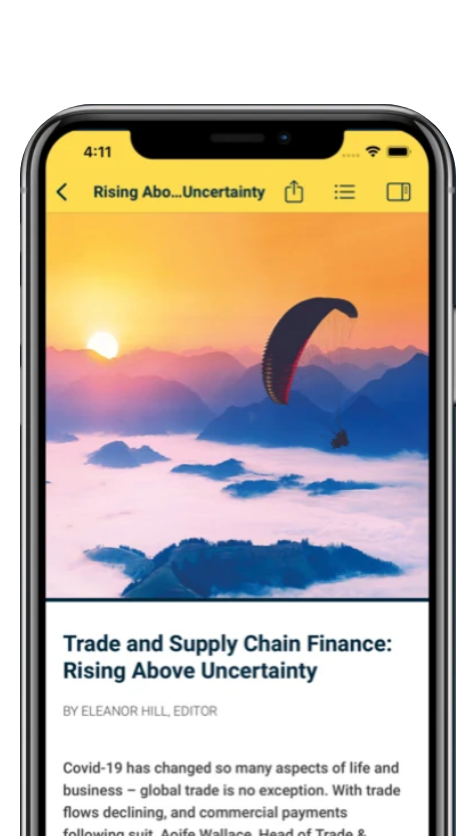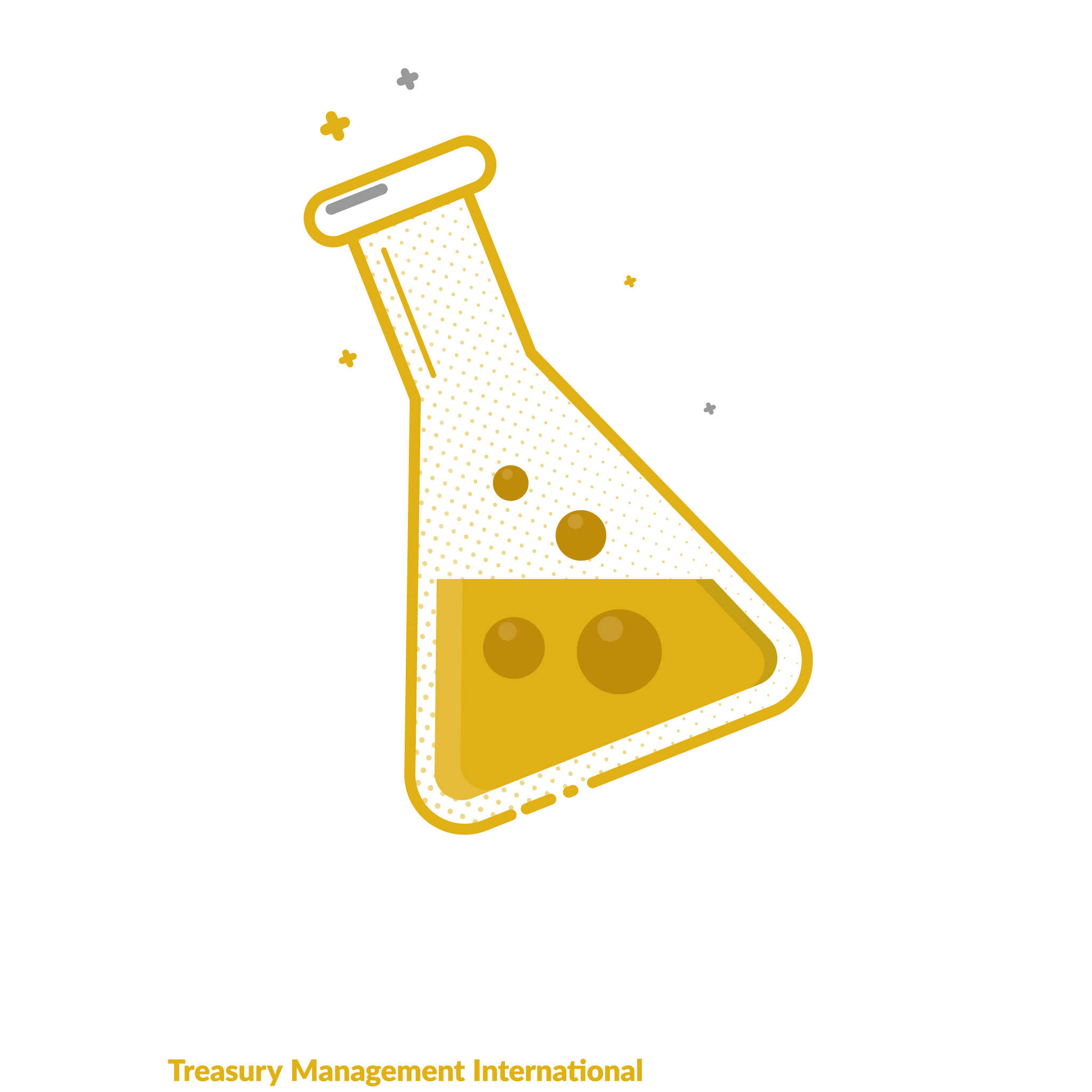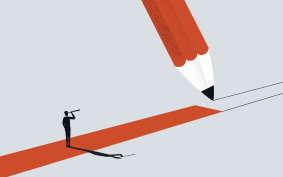
by Koen Timmermans, Group Financial Risk Manager, Borealis AG
Borealis has become well known across the treasury community for best-in-class cash, treasury and risk management. In this article, Koen Timmermans describes the company’s approach to commodity risk management, an increasingly important area of responsibility for many corporate treasuries.
An emerging treasury responsibility
We started to build our new, centralised, best-in-class treasury organisation in 2002, a business function that has subsequently evolved to meet changing business needs, market and regulatory requirements. During this period, commodity risk management emerged as a more important priority for the business and was ultimately brought under treasury’s control. Originally commodity risk was managed by each business unit, but in 2006 a reporting line to treasury was introduced and a new, overarching central financial risk management function, combining the oversight of all financial risks and their interdependencies for the group. From 2009, treasury took on direct responsibility for commodity risk management, so it is now dealt with alongside other forms of risk such as foreign exchange. In summary, our approach to commodity risk management can be described as five key steps.
Step 1. Building the treasury infrastructure
As part of the treasury function, we have a group financial risk manager, responsible for all financial risks, including market, commodity and credit risk. Our trading risk office provides back-office support for all trading and commodity hedging activities, and middle-office reporting of risk exposure and traders’ performance. These functions work closely with the treasury analyst responsible for USD exposures.
Sign up for free to read the full article
Register Login with LinkedInAlready have an account?
Login
Download our Free Treasury App for mobile and tablet to read articles – no log in required.
Download Version Download Version


























